
- 1936 Milano
- Mileage n/a



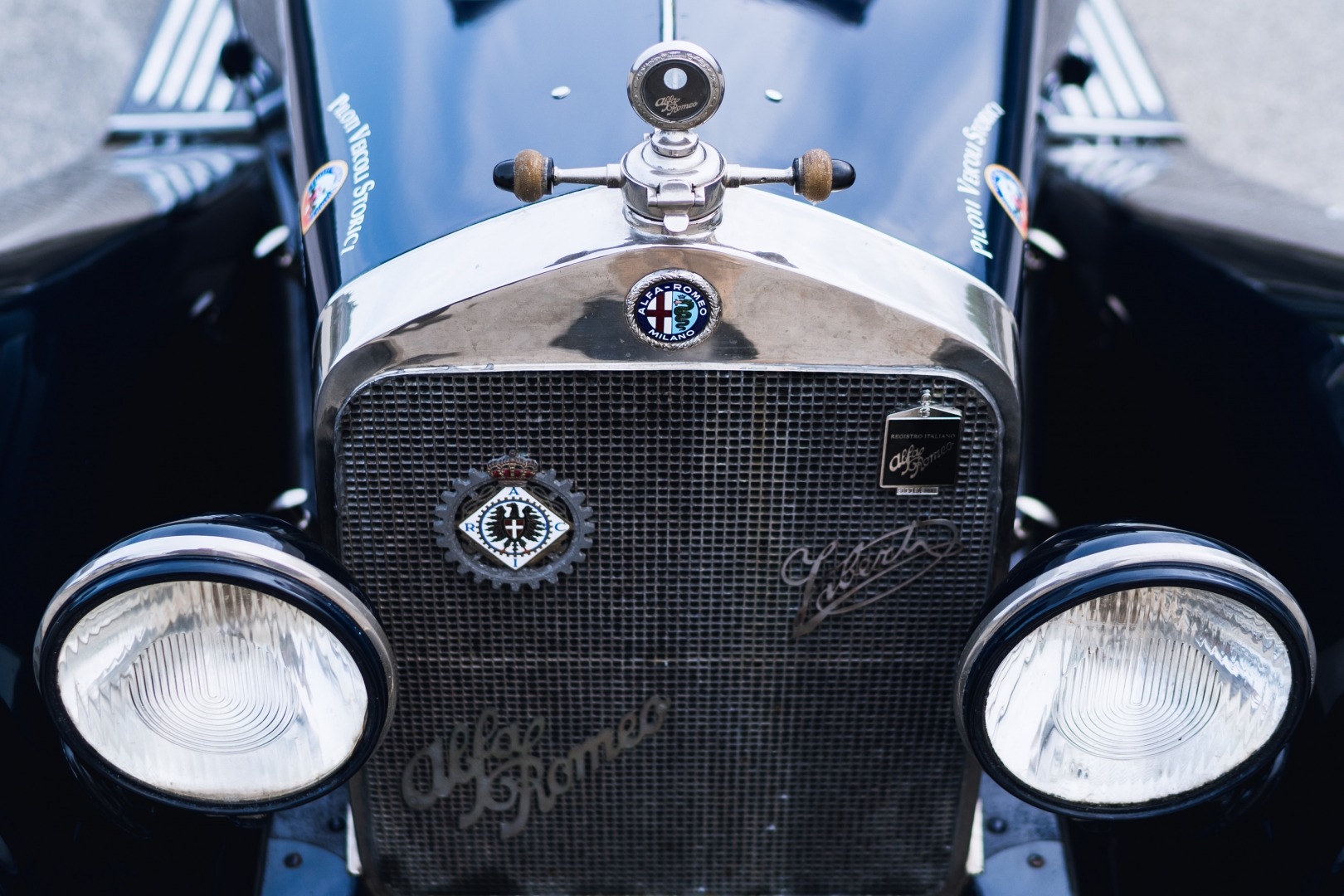
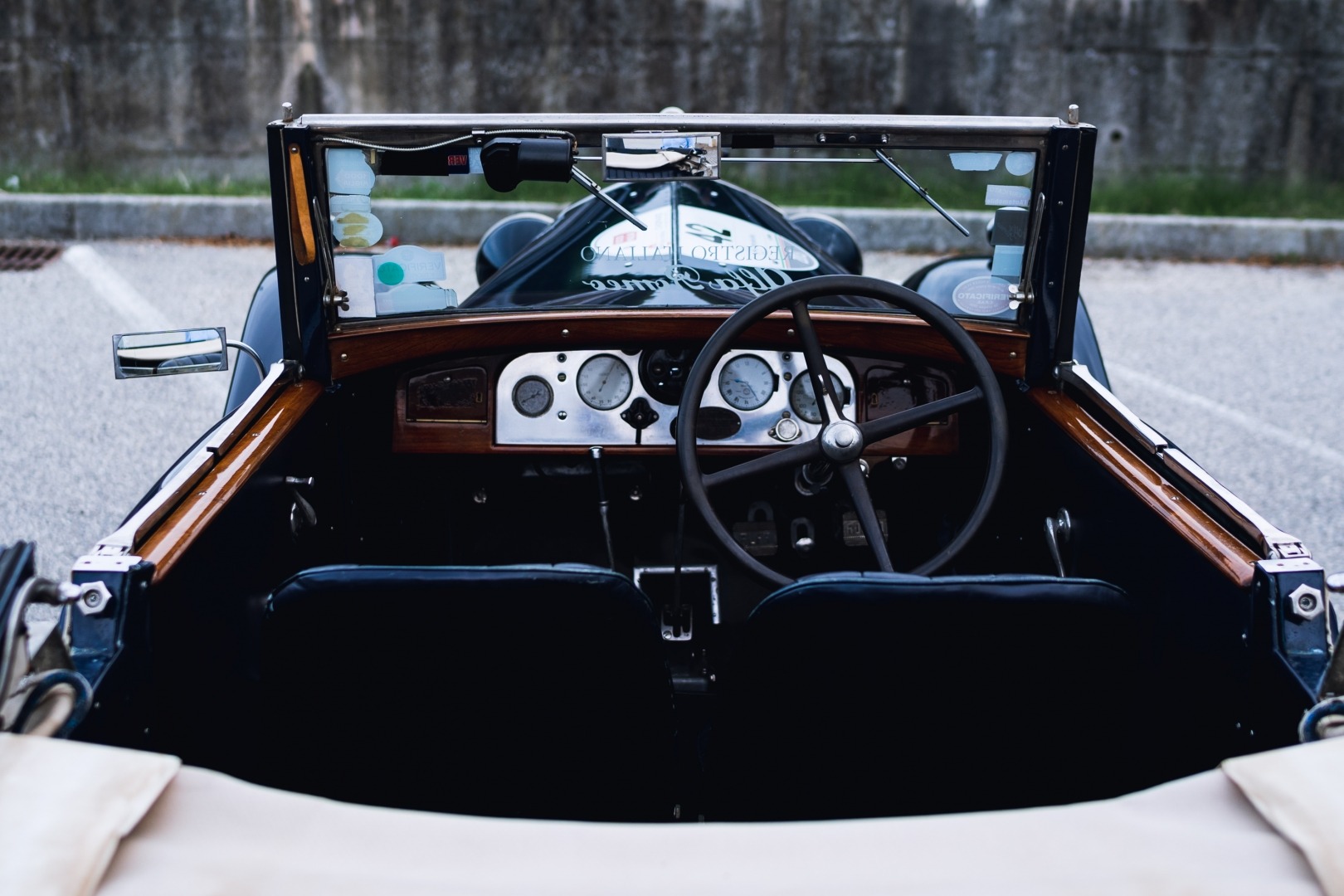
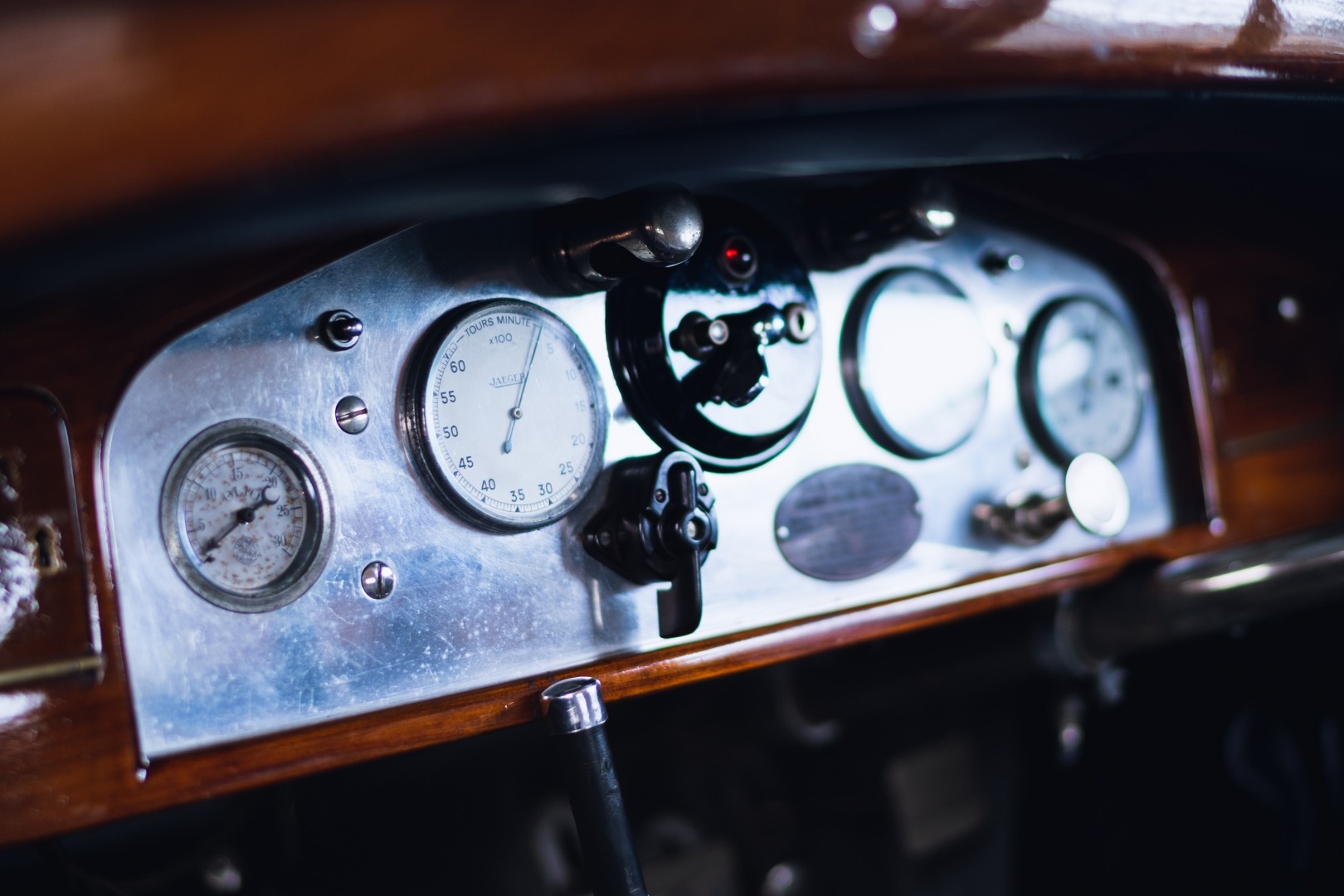
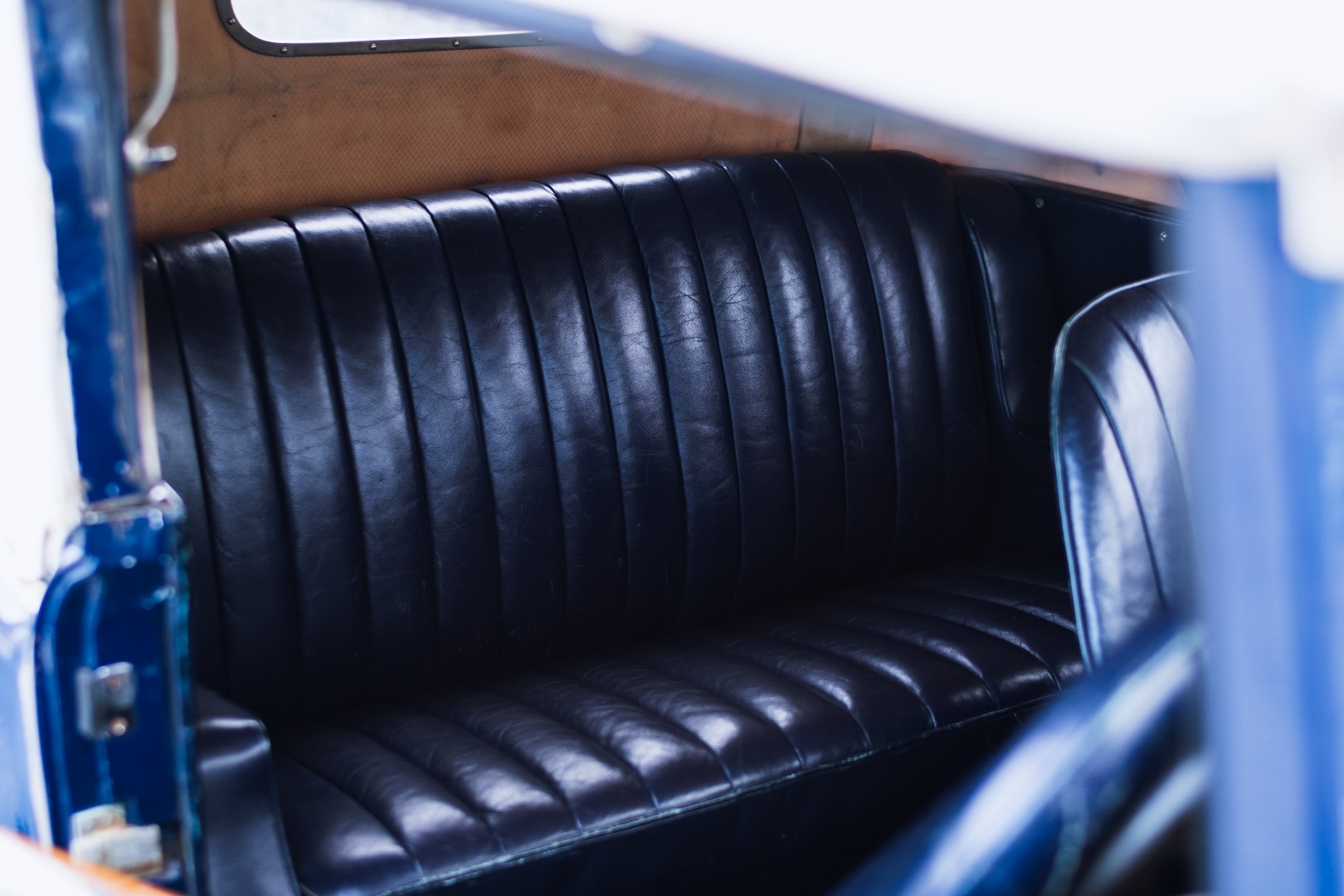
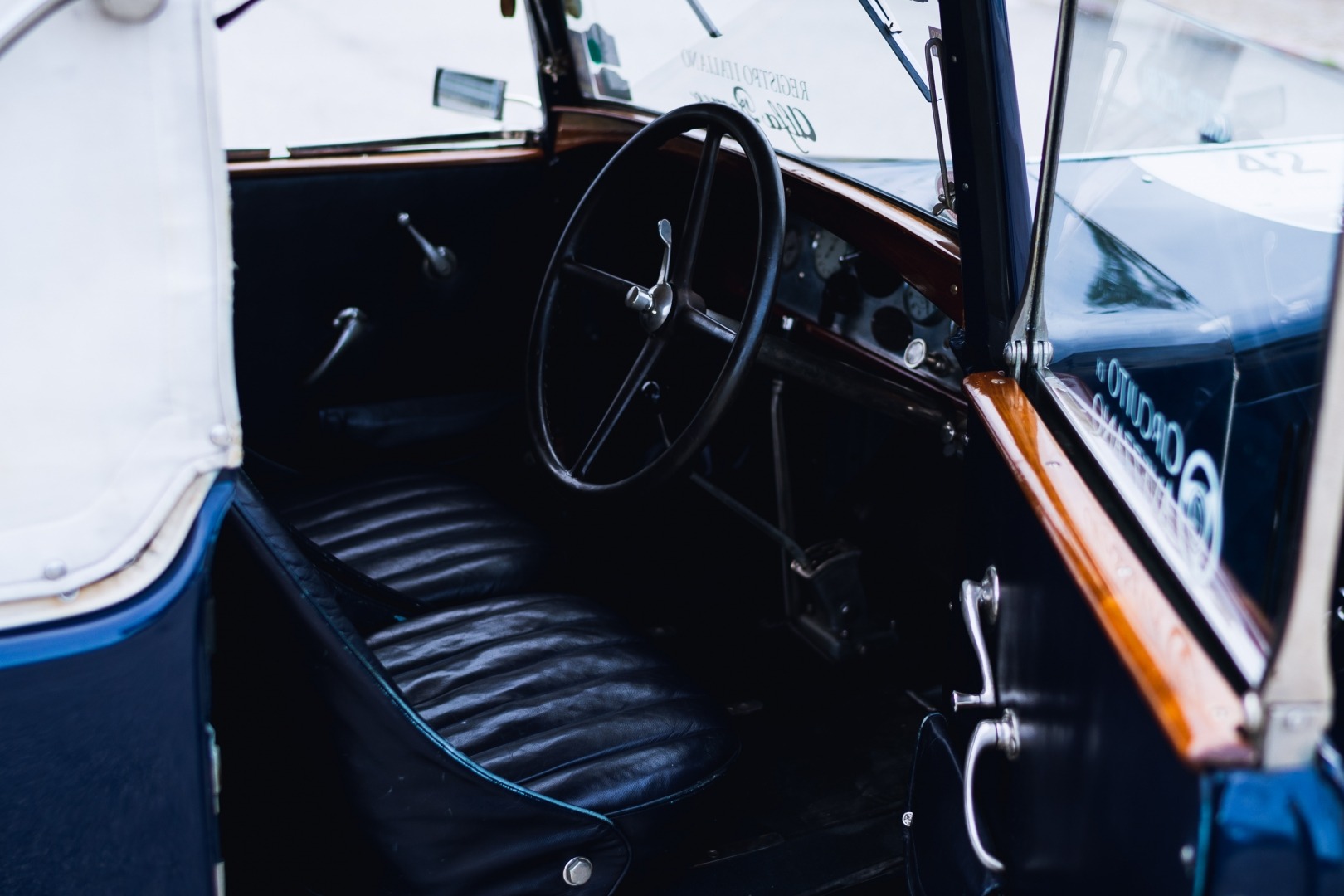
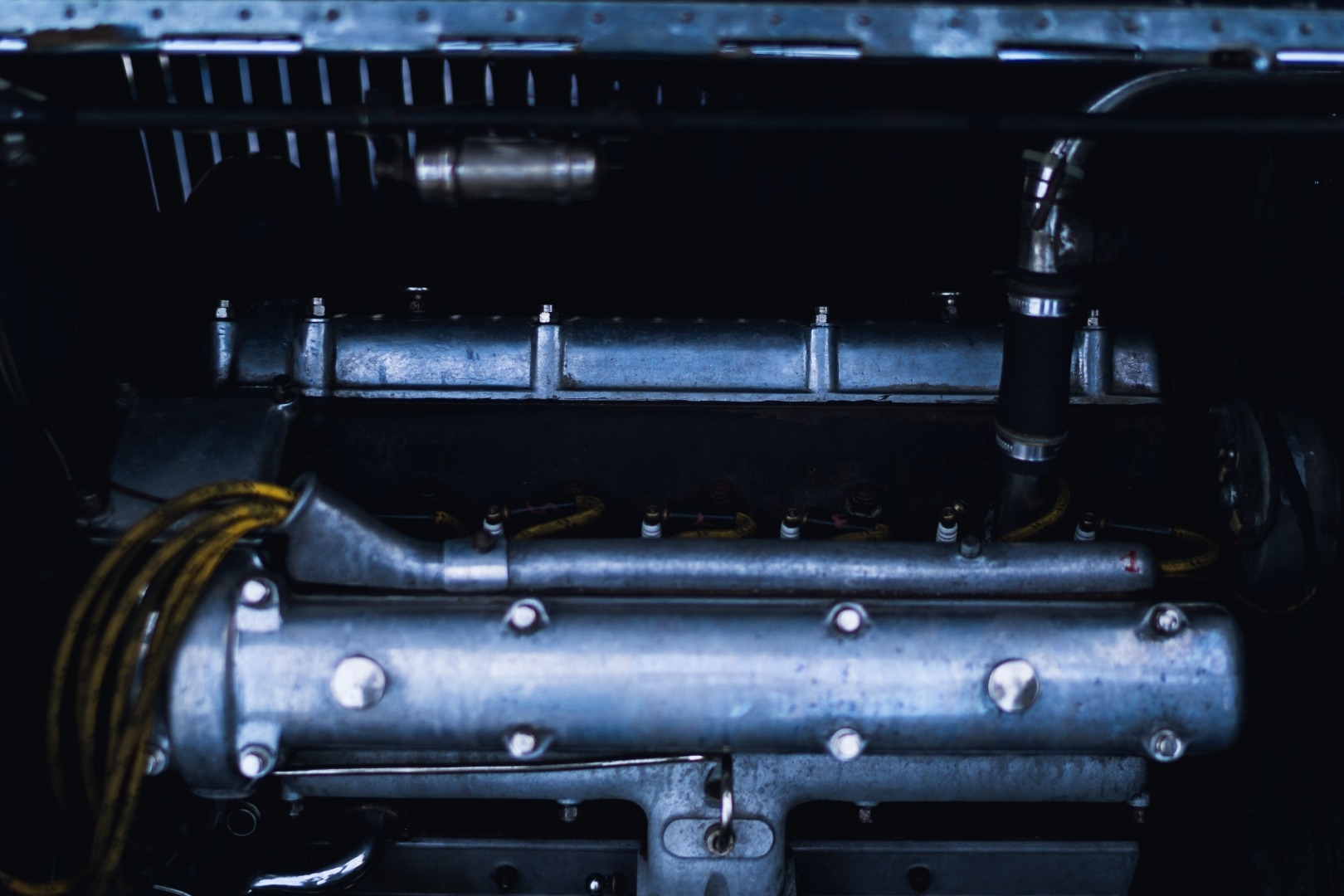
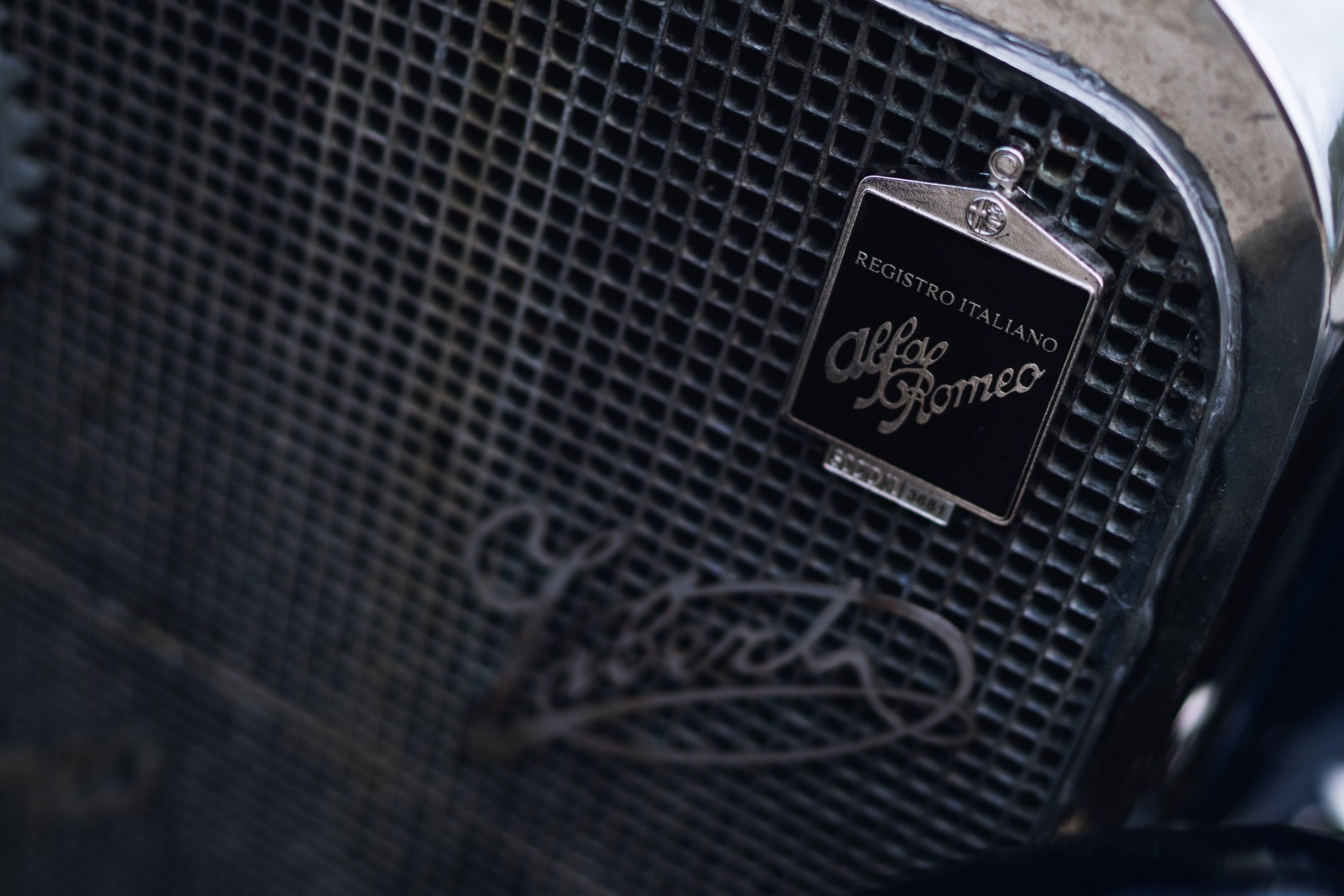
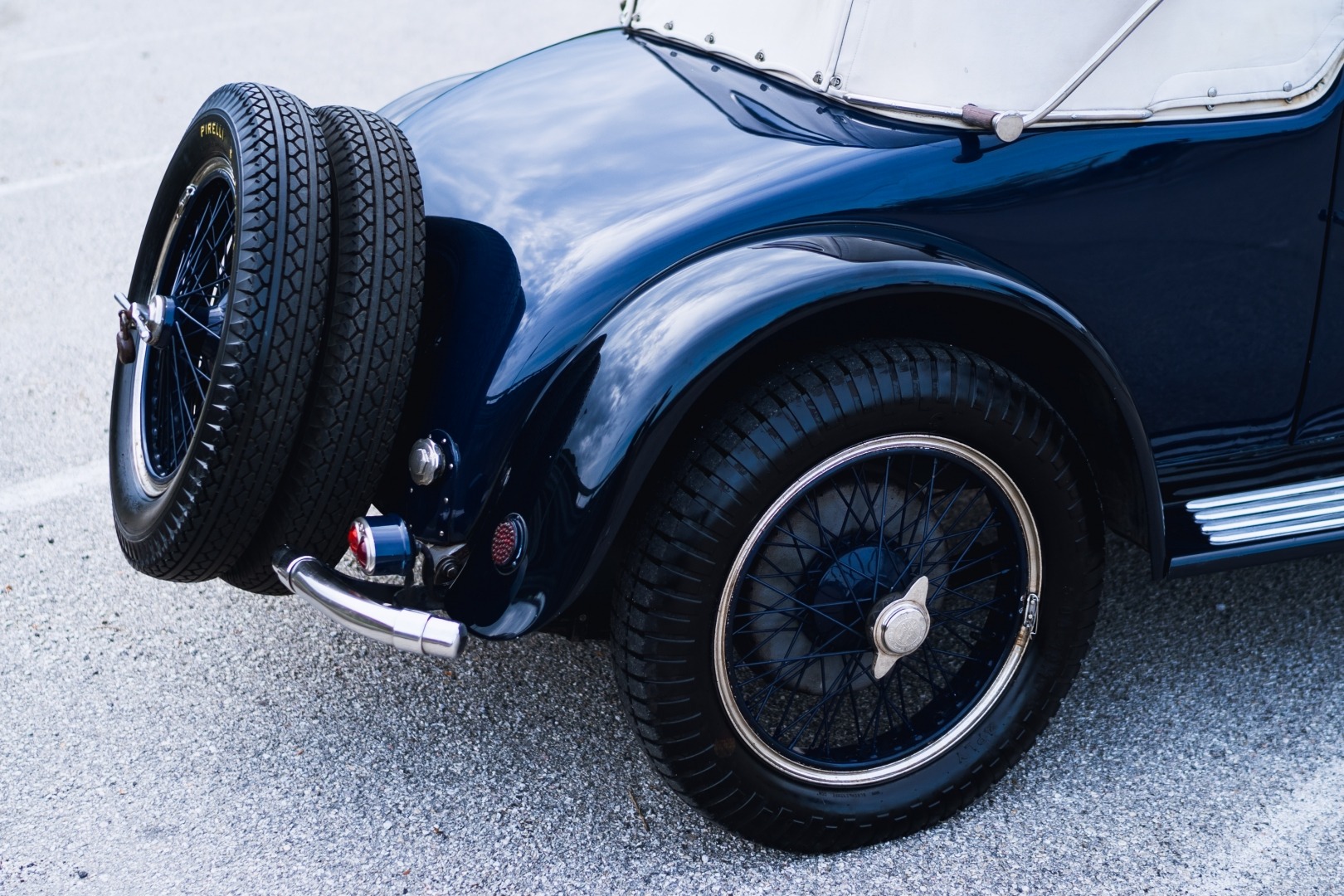











The Alfa Romeo 6C 1750 Viberti Sport Spider.
The Alfa Romeo 6C 1750 Viberti, chassis #0212525, is a vehicle with a rich and storied history. The twentieth car produced in this series, it was first registered in Milan on June 6, 1929, bearing the number plates MI 2315 and described as having “4-seater Torpedo bodywork.” This initial bodywork has been attributed to Pirola Coachworks. The first owner was Gerolamo Battista Merlini, an engineer who served as the general manager of Alfa Romeo during its early years of corporate restructuring. On January 7, 1931, after being sold on October 27, 1930, the car was re-registered with the number MO 4884 by its new owner, engineer Luigi Roncati. Roncati traded the car in at Enzo Ferrari’s Alfa Romeo dealership on April 1, 1935, for a new 6C 1750 with a saloon body. The car was subsequently sold to Francesco Severi, a well-known Ferrari Team racing driver, on May 12, 1935, and then resold shortly after to Marquis Giovanni Passari on June 12, 1935. It was re-registered with number plates AP 36xx, which it still bears today. Under Passari’s ownership, the car’s bodywork was described as a saloon for the first time, though it is unclear if this was an error or if the car had been re-bodied. During World War II, the car was modified to run on a gas generator due to fuel shortages. Later it took part, in 1937, in the Concorso d’Eleganza di Torino with a 6C 2300 Pescara aerodynamic two-door saloon bodywork from Pininfarina, a car famous for being designed by family friend Mario Revelli of Beaumont. Mario Revelli, today considered one of the founding fathers of the Italian automotive style, as well as the creator of some of the most beautiful bodywork designs ever produced, and holder of several technical patents on automotive themes, was very close to Viberti Coachworks, for whom, right at the turn of the 1920s and 1930s started to collaborate to design the bodyworks of industrial vehicles that made the Viberti name famous in the world. On December 12, 1944, the Marquis gave the car to his farmer, Federico Ponzanetti, and farmhand, Giannino Moretti. The car was then converted into a van, losing its original bodywork in the process. The original engine, slightly damaged by frost, was replaced with a Perkins Diesel engine, but the six-cylinder engine was preserved. In 1972, the car was sold to Pietro Nardoni, a mechanic who left it in a workshop until 2002, when the current owner acquired it. The owner discovered a Viberti bodywork in the Netherlands that fit the 2,920mm chassis of the 6C. This bodywork, originating from another 6C 1750, chassis #0212736, was in poor condition but was a perfect base for restoration. Research confirmed that Viberti had built the bodywork for several Alfa Romeo cars during the late 1920s and early 1930s. The car underwent a meticulous five-year restoration, returning to its former glory with its original engine by 2007. It has since participated in various classic car rallies and elegance competitions. This Alfa Romeo 6C 1750 Sport, chassis #0212525, is now recognized as one of only five surviving 6C 1750 Sports and the only one with a Viberti body, making it a significant piece of automotive history.

Missing or wrong informations?
Carrozzieri-Italiani.com relies on thousend of users who help to populate the database. We do not guarantee the accuracy of the informations. Contact us if you want to contribute.
